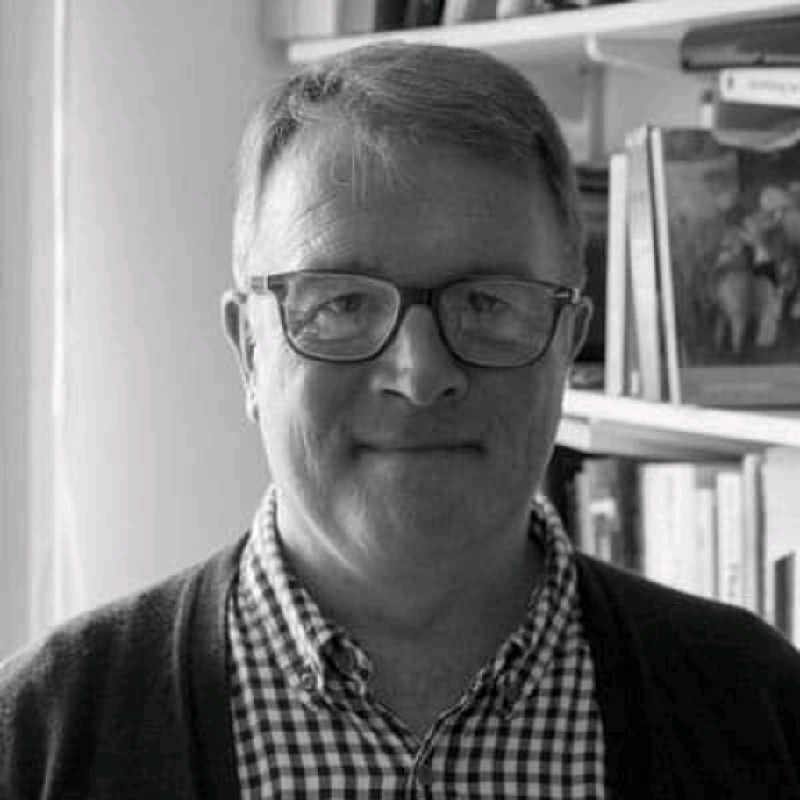The term ‘folk Horror’ was popularised in 2010 describing a form of horror, most popularly associated with films, that first emerged between the late-1960s and late-1970s and includes what have been referred to as a ‘Unholy Trinity’ of films: The Witchfinder General (1968), Blood on Satan’s Claw (1971) and The Wicker Man (1973), but which also included novels and several notable TV programmes and series, such as Children of the Stones and Robin Redbreast.
A second wave of folk horror has been identified beginning around 2008 to the present that develops many of these themes, and includes films like Kill List (2011), The Witch (2015) and Midsommar (2019), itself homage to The Wicker Man and novelists such as Andrew Michael Hurley.
The key elements that are seen to define folk horror a combination of an eerie landscape hiding something primeval just below the surface and containing an isolated community, or ‘monstrous tribe’, with a skewed belief system that demands a violent ‘happening’ or sacrifice. In other words, the ‘horror’ resides in a the ‘folk’ separated from and living at odds with the norms of outside world or modern society.
But why did folk horror emerge, and re-emerge? What does it say about our re-enchantment with the natural world and disenchantment with modernity? What distinguishes it from other horror genres?
So, to explore folk horror, why not sacrifice some time to join our Salon community on the Summer Solstice … if you dare!

